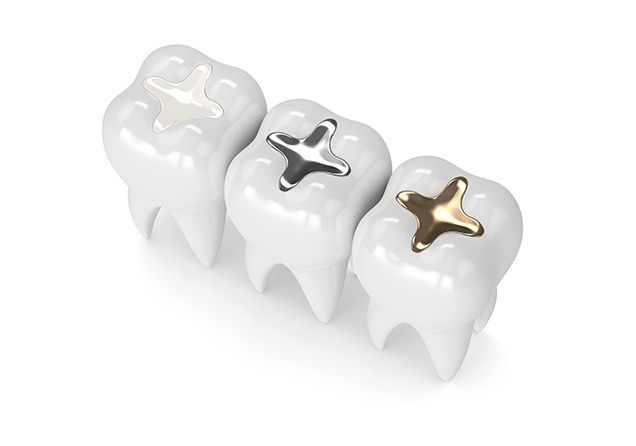What is a Dental Filling?
Dental fillings are one of the most common dental procedures performed to restore teeth that have been damaged by decay or trauma. A dental filling is a material that is used to fill the hole left in a tooth after decay has been removed. This material is designed to blend in with the natural tooth structure and provide support and protection to the remaining tooth structure. Let’s discuss the process of getting a dental filling, the benefits of dental fillings, the history of dental fillings, and how to maintain them.



